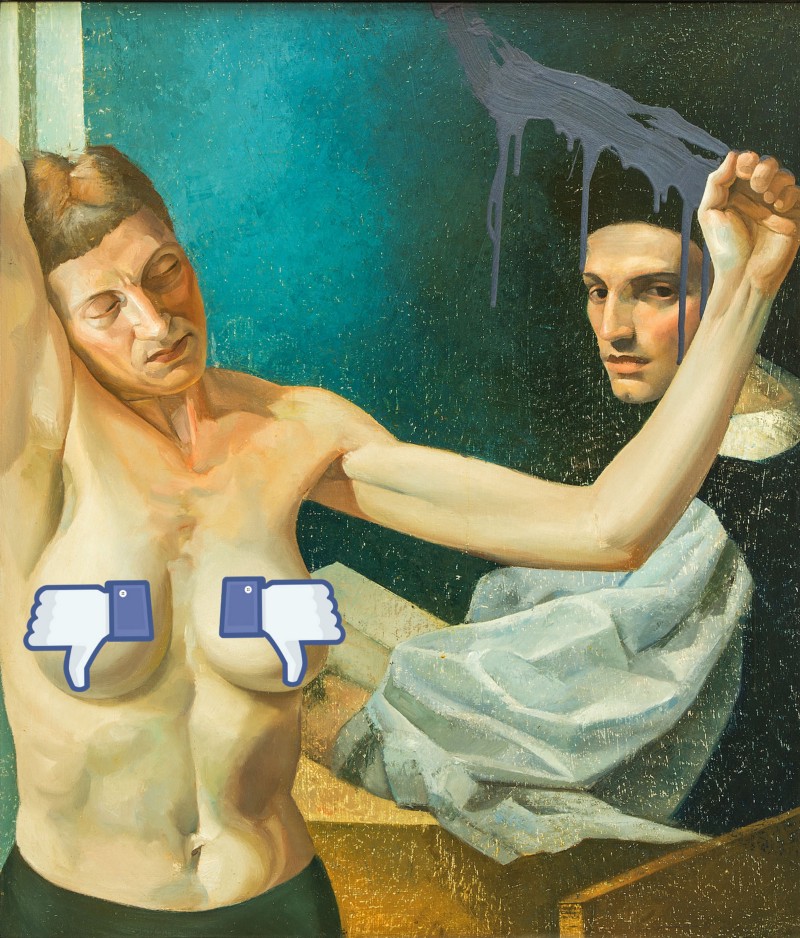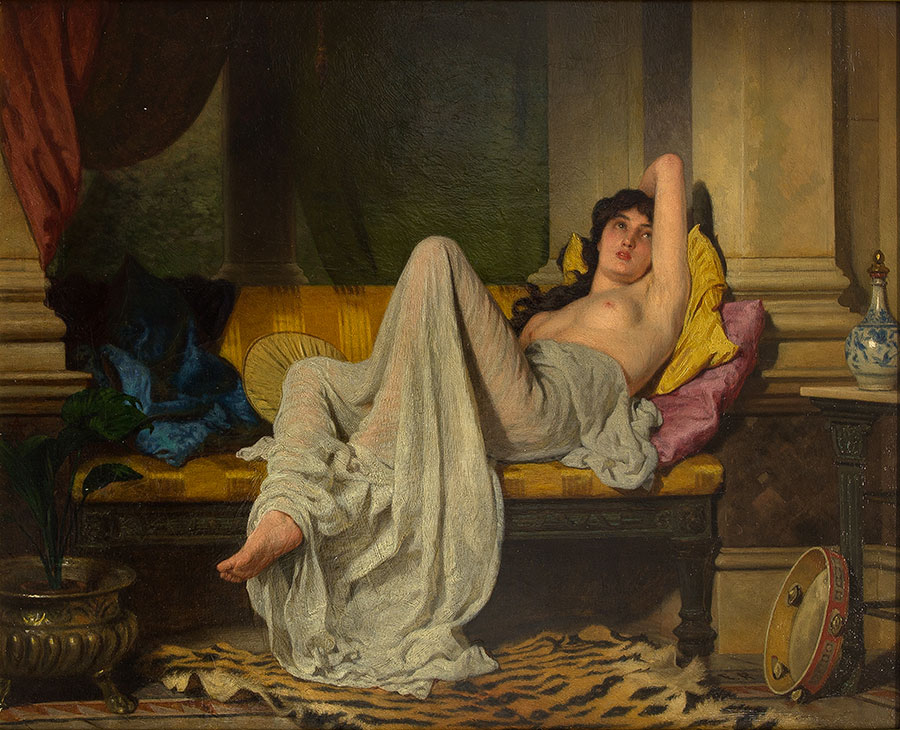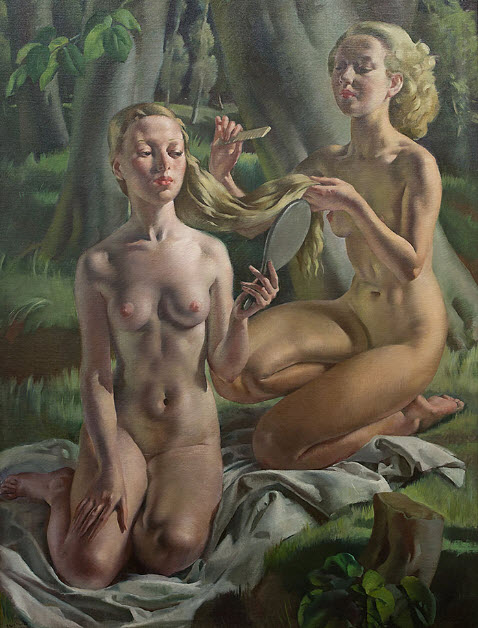People
artnet Asks: Art-World Disruptor Tim Goodman on Launching a New Digital Auction Platform Out of Australia
Fine Art Bourse is the latest online auctions platform here to change the game—and fight Facebook's censorship.

Fine Art Bourse is the latest online auctions platform here to change the game—and fight Facebook's censorship.

Artnet Galleries Team

In 2009, Tim Goodman was the man who stunned the art world by buying the license to the iconic Sotheby’s Australia. This was no easy feat, as it was the only time the New York-based fine art auction house had entered into a brand license agreement since it was founded in 1744. It seemed like a dream come true—the height of a 40-year career of climbing the ranks of the traditional auction industry—but in 2011, he sold to management buy-outs and took a break from the business.
Now, he’s returned with a decidedly less traditional venture: Fine Art Bourse, the latest disruptor of the fine art auction industry. In this interview, Goodman talks about his goals for equitability made possible by his new auction model, his recent run-in with Facebook censorship, and a titillating upcoming sale.
Why did you renounce your ownership of Sotheby’s Australia?
I spent 40 years in the business, watching it grow and change. I lived and breathed it, but by 2011, I was becoming increasingly disillusioned with where the industry was heading—Costs were going up faster than revenues. Something had to give. So I stepped away from it. I started to conceive a new digital alternative and in 2014, the concept of Fine Art Bourse, or FAB, was born.
Where does the traditional auction house model fall short in your opinion? Where do you see an opportunity for change?
The traditional auction house model is simply unsustainable. Every other big industry has been challenged by digital technology, and this is the only other one that remains unchallenged.
Brick-and-mortar auction houses charge outlandish fees for their services based on three cost points: real estate, human resources, and paper. So our main objective with FAB is to use the advantages of digital technology to break down the costs involved in the brick-and-mortar auction model.

Artist unknown, Reclinging Dancer. Courtesy of Fine Art Bourse.
How does FAB’s business model “break down” and manage to sustain lower costs as opposed to the major auction houses?
Our hammer falls on a Hong Kong server, so there is no indirect tax (VAT), resale royalty, or copyright fees. Our zero-waste policy means no fossil fuel-powered trucks and airplanes delivering thousands of tons of paper for catalogues. We outsource our specialists, and through this, we’re able to offer our customers the best deal on the market: 5% Buyer’s Premium and 5% Seller’s Commission, as well as free packing and shipping globally.
Your alma mater, Sotheby’s, recently announced that they were dropping their buyer’s premium to 0% for their emerging online auction plan. Do you feel threatened at all?
Clearly, Sotheby’s has finally determined that online transactions are a thing of the future in the industry. Despite their failure to realize this until now, they are to be congratulated for finally making the decision. What the duopoly won’t say publicly about their online auctions is what they are charging the seller: We understand that online auctioneers are charging their selling clients anywhere between 20% and 30% or more.
The FAB business model celebrates transparency and equability by charging the seller and the buyer 5% each. Further, FAB breaks down barriers to entry particularly by collecting from the seller and delivering to the buyer free of charge. Based on the FAB fee structure and with all the add-ons, we remain highly competitive.

Bernard Fleetwood, La Toilette. Courtesy of Fine Art Bourse.
Tell us about your inaugural sale.
We are very excited about our auction of Erotic, Fetish, and Queer Art & Objects coming up on Monday, September 25, for which we have consigned works by Warhol, Del Kathryn-Barton, and Keith Haring.
We’ve also included a collection of beautiful late 19th- to early 20th-century French cigarette cases with secret compartments hiding erotic enamel-painted scenes. I’ve found it interesting how collectors of erotic art find it so difficult to part with their treasures. In our efforts to promote this sale, we were shocked to find out that we had been gridlocked from advertising on Facebook due to their preposterous censorship policies. This raises an issue of international concern, so I wrote Mark an open letter.
It seems Facebook isn’t capable of drawing any distinctions between pornography and art.
The whole thing is absolutely ludicrous. The muse has long been nude. Among oxen and boar, it is one of her many forms. She has enchanted artists across the globe from ancient times to the present. For her immodesty and freedom, Facebook is now stoning her into submission with its ham-handed algorithms. The great patrons of culture in the past—the Medicis, and even the Catholic Church—celebrated The Birth of Venus. Now with this social media nonsense, she is being replaced by commoditized images of adolescent celebrities with band-aids over their nipples.